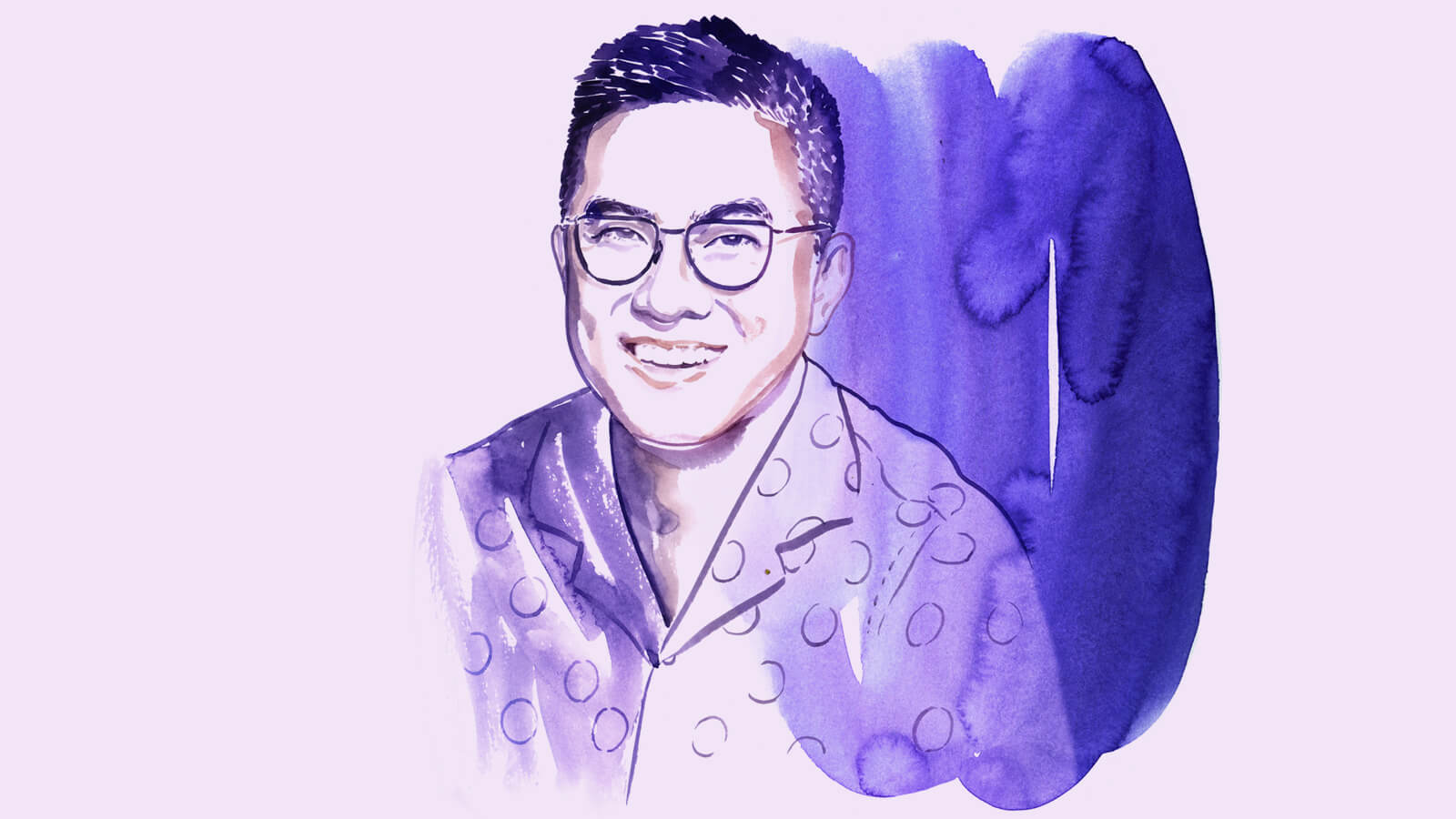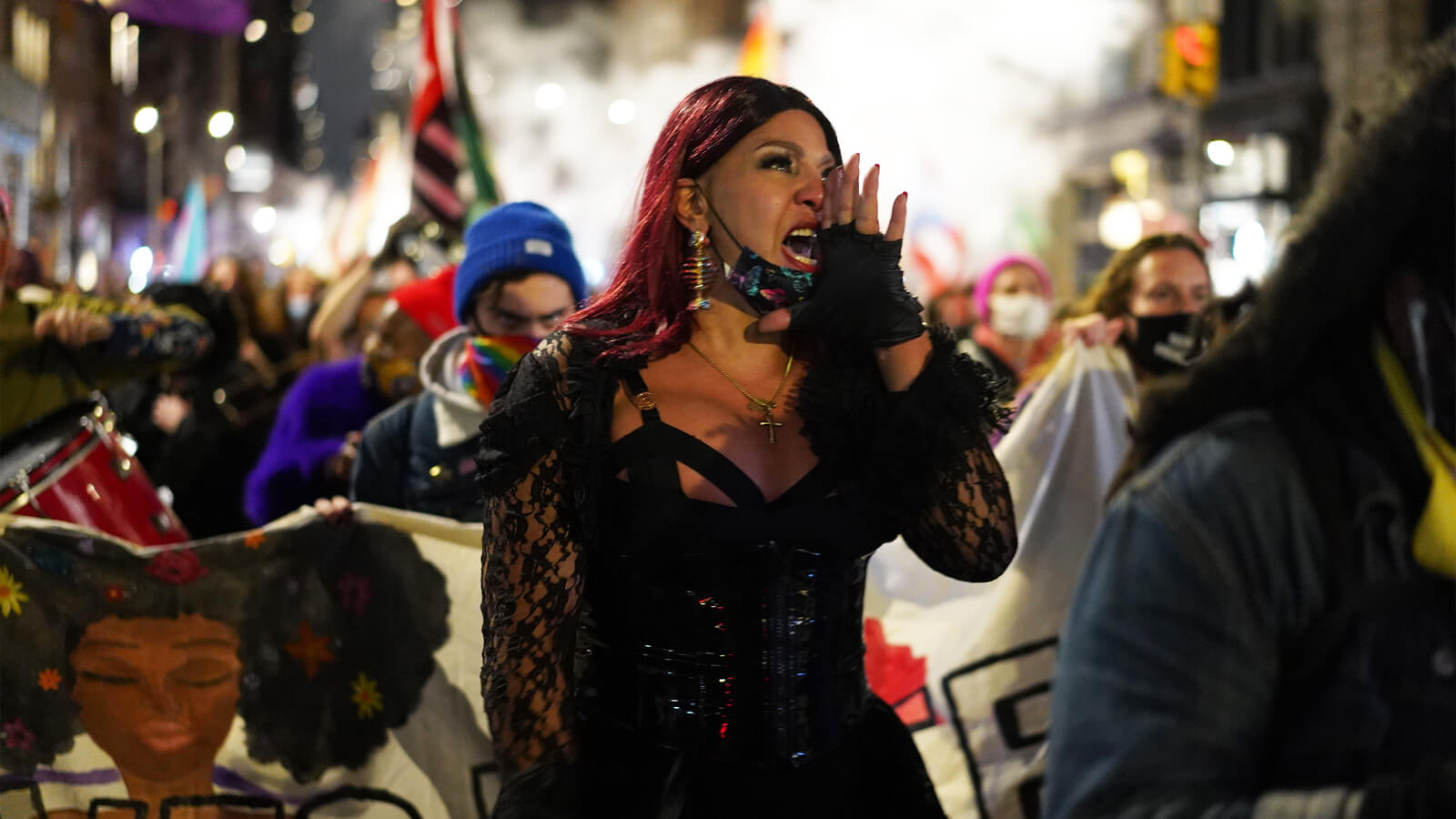“Big Makeup, Big Hair, Big Costumes” – 5 Drag Artists Serving In South Africa
The Drag Cartel stands as the pioneering agency in South Africa dedicated to managing queer performing artists, predominantly in the world of drag, founded by Nazeem Southgate. “My main goal and hope was to expose and highlight the amazing talent that we have in South Africa and to push the art form of drag forward,” says Southgate.
Based in Cape Town, The Drag Cartel represents a diverse roster of talent, hailing from different corners of the country or internationally, each bringing their own unique stories to the stage. Here, we introduce you to five incredible queens to know …
Maxine Wild – “Drag means being whatever you want to be”

How would you describe your identity as a drag artist? Big hair, big makeup, big costumes (always rhinestone!). It is a fantasy – today I will be an alien, tomorrow I will be a fairy. It is something you can’t buy in the store, you’re not going to see in the mall and something you’re probably only going to dream about, as you’re not going to see it other than at a Maxine Wild show.
My drag is also about connecting with people on all levels. It’s taking someone who’s had a very bad day out of that negative mindset. When you come to a show it’s about making them feel welcome, making them feel – that is what I love projecting with my shows – taking someone out of a negative space through performance.
What does drag mean to you? It’s an expression, it means showcasing a completely different side of yourself to who you are on a daily basis. Drag just means being whatever you want to be. It also means connecting with people on an emotional level – on stage and off stage.
What are the biggest challenges you face as a drag artist in South Africa? Society not always understanding why we do drag or just the artform behind drag. We are always pushing, pushing, pushing and not getting a lot in return. But it is that kind of pushing that makes us grow and better our craft. A lot of people ‘hate’ because they don’t understand, but once they do it opens their minds a little bit more.
Vida Fantabisher – “I love the humour, the flamboyance, the glamour”

What was your journey to becoming a drag queen? It was quite accidental. I studied screen acting and musical performance and after I graduated, I struggled to find work as an actor [in Cape Town]. This club I used to go to, Bubbles Bar, had this Friday night open stage and some of my friends encouraged me to try my hand at drag. So, I did, and the owners loved it so much that they offered me my own show almost right off the bat! I had to learn on the job… and I guess the rest is history.
What does drag mean to you? [It] means a lot to me. I’ve always been a lover of the art form, for as long as I can remember actually; the costumes, the humour, the flamboyance, the glamour. I’ve always been very attracted to those things, and I’ve always seen it as this means of self-expression – as well as a mask to hide behind. I can get away with a lot more when I’m dressed up in drag than I could out of drag.
How would you describe your identity as a drag artist? A performer, the Broadway girl, the character girl. I love playing characters from musicals and I love stepping into their world for three to four minutes at a time for each song. And not a lot of drag queens in Cape Town do that. [That’s what] makes me unique. I also don’t take drag that seriously – as much as I love it, I don’t put that much pressure on it, which allows me to enjoy it a lot more. And I think, in turn, the audiences enjoy it as well.
Emogen Moore – “I go out there and live my life unapologetically”

How would you describe your identity as a drag artist? I’m very flamboyant, I’m very outspoken, I’m very loud – that is what I am as a performer. I’m loud, proud, gay, queer, living in the moment – that is my identity as a drag queen. And what makes me unique is that I’m a thick and juicy queen and I do things that fuller-figured drag queens normally don’t do: I death drop, I split, I jump from tables – I dance my little padded ass off!
What are the biggest challenges you face as a drag artist in South Africa? Tipping culture is not as big as it is in other countries. Tipping a queen really means a lot to us, as drag is very expensive and we don’t get paid a lot when doing gigs. But I think South Africans are open-minded about the art form of drag.
I like to use my platform to voice my opinions and educate people. I go out there and live my life unapologetically. The people of South Africa have helped me become the drag queen I am today because I feed off their energy.
What does drag mean to you? It is really an outlet to be the person I think – or I feel – I am. It’s an alter ego or persona that comes out when I dress up in drag. It’s a passion and love for the art of drag – that is what it means to me. Also, I love to capture the audience’s essence when they see me perform, I love the energy that I get from the audience. Drag is an outlet for me to do what I want to do as a female impersonator. I love to believe I am Beyoncé in that moment, or J-Lo, or Lizzo – I love to make people believe that I am this person! It’s an artform to be whoever you want to be, to do whatever you want to do and be unapologetic about it.
Angel Lalamore – “I like to make people feel special”

What was your journey to becoming a drag queen? When I was 16, I was a dancer doing ballroom and Latin and I was doing drama as well. I started to go to drag pageants and there was an artist there – I fell in love with what she was doing. From then on, I just kept trying and trying. So since then, I have found my dream of being a drag queen. My journey has been almost like Dora the Explorer!
What are the main challenges you face as a drag queen in South Africa? Life out there is a hustle. I have hustled my way to where I am today. I have performed at events where people will just pay me what they want to pay me, I’ve had events cancelled in the spur of the moment and that was my income! I’ve had to learn a lot.
How would you describe your identity as a drag artist? I’m transgender and non-binary and, as a performer, I am soulful. I love to sing songs by Gladys Knight, Aretha Franklin, Mariah Carey, Whitney Houston. I would describe myself as motherly in drag – I am definitely a mother figure. I like to send messages out in my performances for those who are going through a lot. I like to put myself in other people’s shoes and make them feel special.
Chenal LeCap – “I’m fierce, honey”

What was your journey to becoming a drag queen? The reason I became a drag queen is because it was an opportunity to perform, entertain and express my creativity. For example, I can now do my own makeup! So yeah, that was the reason I became a drag queen – I just really loved what I saw.
What does drag mean to you? As an LGBTQ+ member, I can still play with gender, whether it’s masculine or feminine, and I can exaggerate on them compared to the norm. Like, we were told that masculine is one way, feminine should be this way. And girl, lemme tell you, I can rock a suit and still look c*nt! It means that I can play with genders and also be bold and have something for our community to be like, “Yeah, that’s what we represent.”
How would you describe your identity as a drag artist? What makes me unique in South Africa is that I’m fierce, honey. I’m one of a kind because I do come from the ballroom scene in Cape Town. I’m a dancer and I’ve been in the entertainment industry. What I bring to the table is a good performance, energy, confidence, fierceness, realness and C-U-N-T. And by c*nt, I mean Uniqueness, Nerve and Talent. So yeah, stay tuned for more of my exciting life…
Pia Brynteson is Content Editor at Service95




